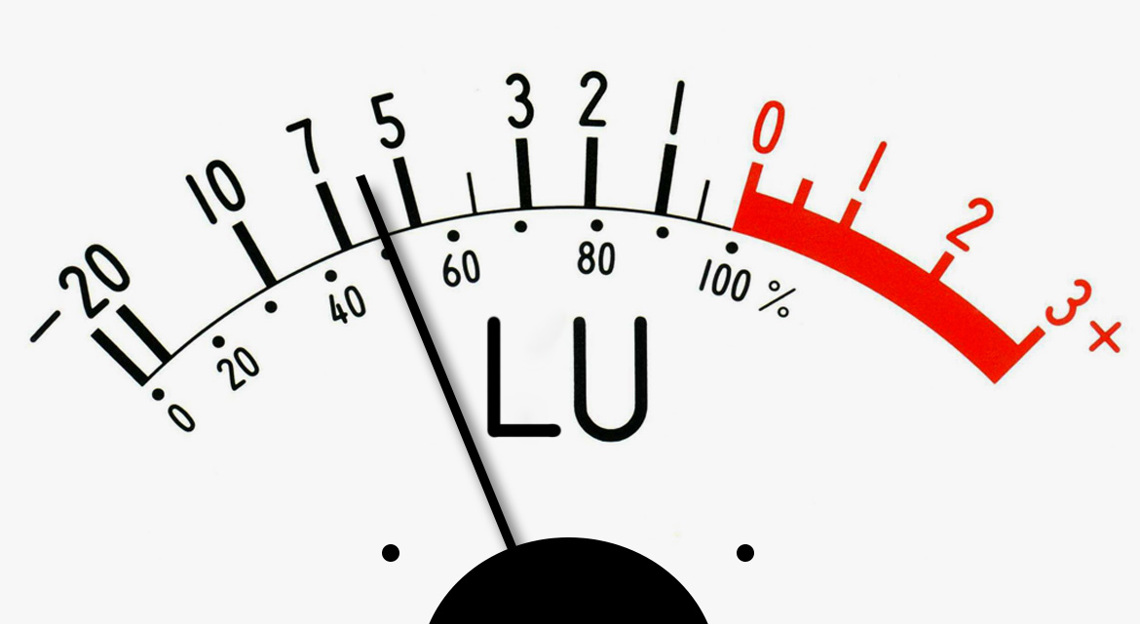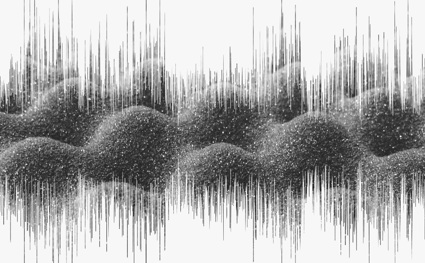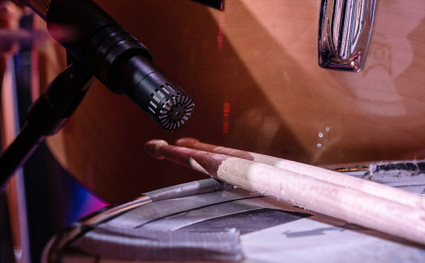Loudness and microphones
This article describes the positive effect of the loudness standards and the accordingly enhanced dynamic range.

New standards for program level are finding their way into the area of broadcast. Hopefully, the same standards will be accepted in music production as well. This will bring music back to life as it allows for less compression and thus an acceptance of a higher dynamic range.
For years, a substantial part of audio production has been victim to heavy compression. When done correctly, there is nothing wrong with using compression but it is a problem if it is overdone. In this case, it is often a question of pushing the limits of the recording media, which often leads to distorted audio.
ITU and EBU
The new standards and recommendations like the ITU1770 and the EBU R-128 (initiated by the International Telecommunication Union and the European Broadcasting Union, respectively) provide a definition of recording level that depends on the content, not the limits of the recording media. So now the sound of good microphones is more likely to be heard again.
Dynamic range
The dynamic range of a microphone is important but dynamic range does not always tell the full story of how a microphone behaves. The upper limit is determined by the distortion of the microphone. At a certain high sound pressure, distortion exceeds a specified percentage. This is what defines the maximum sound pressure level the microphone can handle and still provide a fair output. The microphone can survive a much higher SPL. However, the output is no longer useful.
More than specs
When talking about the dynamic range of a microphone you should listen carefully to the upper sound level range. When the sounds get loud, how does the microphone sound? Often even high-quality microphones sound very different from each other in the upper part of the dynamic range even though the standard measurements show that they are almost alike. The difference between recordings may be assessed as lid on or lid off, meaning that one microphone sounds much more transparent and open compared to another one.
The new standard for the level in broadcast EBU R-128 allows for higher transients and peaks in comparison with the older standards – good sounding microphones will be heard!
10 things you need to know about loudness
Download the PDF published by the EBU P-LOUD, the workgroup in the European Broadcast Union that has developed the new recommendation EBU R-128: 10 things you need to know about loudness.
https://tech.ebu.ch/docs/other/ebu_eca-ploud_10things_about_loudness_v03.pdf


